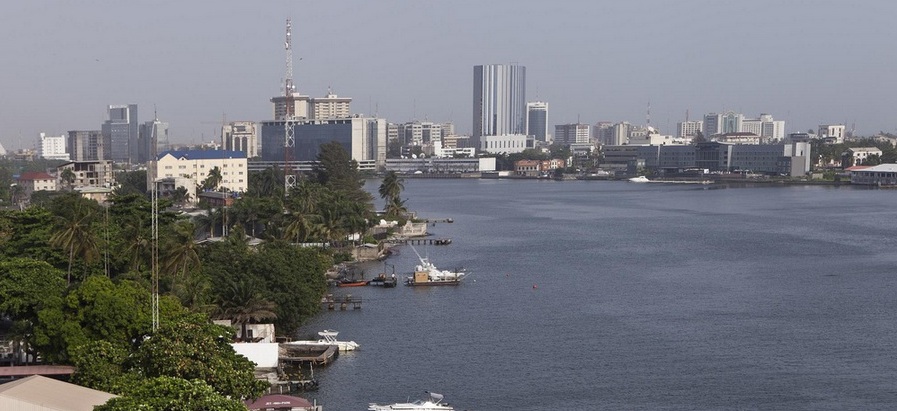Lagos is the most populous city in Nigeria, the largest country in Africa. It is racing Egypt’s Cairo to become the most populous city on the continent.
The metropolitan area, an estimated 300 square kilometers, is a group of islands endowed with creeks and a lagoon. Lagos is projected to be one of the world’s five largest cities by 2005.

In an effort to reduce massive urbanization in the metropolitan area, the Federal Government moved the capital to Abuja on the 90’s.

The original settlers of Lagos, or Eko as it is called by the indigenous population, were of Benin and Awori Eko heritage. The city began in the fifteenth century as a Portuguese trading post exporting ivory, peppers, and slaves. It subsequently fell into the hands of the British, who began exporting food crops after outlawing slavery in 1807. Although Nigeria gained independence in 1960, a two-and-a-half year civil war broke out in 1967.

After the war, migration to the city, coupled with huge waves of refugees and migrants from other African countries, produced a population boom that has continued to the present day.

Lagos is the commercial and industrial hub of Nigeria, with a GNP triple that of any other West African country. Lagos has greatly benefited from Nigeria’s natural resources in oil, natural gas, coal, fuel wood and water. Light industry was prevalent in post-independence Nigeria and petroleum-related industry dominated in the 1970’s, directly affecting the rapid growth of Lagos.

Oil production, which began in the 1950’s, increased seven-fold between 1965 and 1973, while world oil prices skyrocketed. By 1978, the metropolitan area accounted for 40% of the external trade of Nigeria, containing 40% of the national skilled population. The world recession in 1981, which caused a sharp fall in oil prices, sent Lagos reeling into debt and runaway inflation that persist at present. As a result, a massive programme of infrastructure and social services expansion came to an abrupt halt.

Energy and water access, sewerage, transportation and housing have all been adversely affected by haphazard development of a geographically disjointed city. Unlike the rest of Nigeria, 90% of the population of Lagos have access to electricity, with the city consuming 45% of the energy of the country. Despite the region’s endowment of water, the city suffers from an acute and worsening water supply shortage. And due to inadequate sewerage, much the city’s human waste is disposed of by the drainage of rainwater through open ditches that discharge onto the tidal flats. With congested bridges, traffic congestion is a daily problem in Lagos: it takes an average of two to three hours to travel 10-20 kilometres. A high-speed, elevated metro-liner is in the planning stages.

Since 1985, state urban renewal plans have concentrated on upgrading the environment of slum communities by building roads and drainage channels and providing water supply, electricity, schools and health clinics. With cooperation from the citizens, success has been recorded in a number of pilot urban renewal schemes, which focus on building roads and drainage channels and providing water supply, electricity, schools and health clinics.


